
From call centers to advanced prosthetics, R&D aids wounded warriors
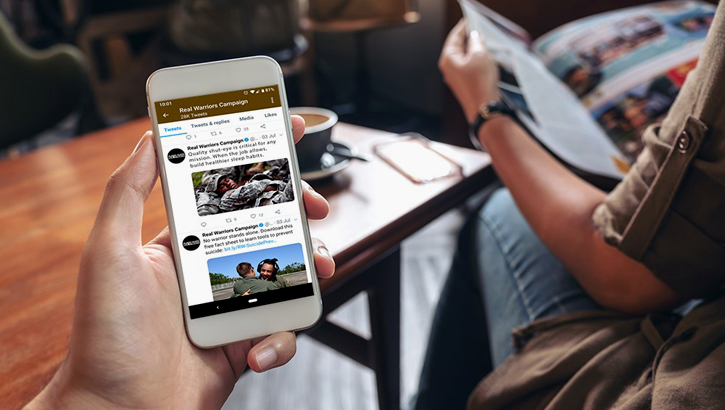
The Real Warriors Campaign leverages social media to promote a culture of support for psychological health while providing vital resources for the military community. The campaign currently has more than 50,000 followers on Twitter and continues to grow. (Courtesy photo from the Real Warriors Campaign)
The Defense Health Agency sets as a primary goal the providing of quality care to active-duty service members, veterans, and their dependents. To meet this goal, the Military Health System has made important strides in research and development for both mental and rehabilitative care to wounded, ill, and injured service members. From mental health awareness programs to advances such as osseointegration for prostheses, MHS continues to innovate to develop better quality of life for its beneficiaries.
Activities like the Real Warriors Campaign or RWC work to destigmatize mental health care throughout the military. Launched by the Department of Defense in 2009 and now managed by the Psychological Health Center of Excellence or PHCoE, the multi-media public awareness initiative promotes a culture of support for psychological health while providing vital resources for the military community. With more than 125,000 followers on both Facebook and Twitter, the campaign leverages social media to bring mental health awareness to service members at the swipe of a finger.
Nick Polizzi, Ph.D., a psychologist at PHCoE and the Real Warriors Campaign and inTransition program action officer, notes that the campaign’s social media presence is important for reaching service members, veterans, and family members.
“It helps to be connected in that way, as most of us are walking around with our cell phones and now have access to materials through our social media channels and website,” Polizzi said. “It’s important for folks to understand what psychological care looks like, whether that is self-care or going in to seek treatment.”
Despite its large social media presence, RWC is not limited to these platforms. The program has a website offering a vast array of mental health resources and continues to promote its digital resources through in-person interactions, including conference and event presentations and military installation site visits.
“We want to do everything we can to increase awareness of psychological health care topics and normalize psychological health care, to get it into the conversation,” Polizzi said, adding that programs like RWC are only the first step. Once a service member takes action to seek mental health guidance, there must be a continuum of care whether a member has a permanent change of station or is transitioning outside of the service. This is when programs like inTransition come into play.
A free, confidential service, inTransition helps active-duty service members, National Guard members, reservists, veterans, and retirees who need access to mental health care. The 24-hour phone line connects a service member with a “coach” – who is also a licensed mental health provider—to support service members as they transition their mental health care during duty relocations, returning from deployment, or preparing to leave military service.
Polizzi stresses this one-on-one coaching aspect as a highlight of the program. “You establish a rapport with your coach to discuss strengths, barriers, and concerns to better plan your care,” he added.
Services provided by inTransition can be accessed by beneficiaries through the program’s toll free phone line to set up their own care. Health care providers can also call inTransition on behalf of a patient to initiate enrollment. The program also makes outgoing calls to service members who have been treated for mental health care within the past year.
“While transitioning, health care might fall to the bottom of your priority list, especially psychological health care,” Polizzi said. “With so many other things to deal with, inTransition helps support patients and get them connected to care at their next location.”
The inTransition service is undergoing a transition of its own, expanding its services to cover traumatic brain injury as well. Outgoing calls will be made to service members who have been treated for moderate to severe traumatic brain injury within a year of discharge or relocation.
Participation in inTransition is voluntary, Polizzi stresses. “When beneficiaries decide with their provider to call the program to enroll, we find much higher levels of future engagement. Although inTransition is required to conduct outbound calls to beneficiaries, we’d like to make sure that people feel empowered to call into the program themselves and seek the care that they need.”
While the Psychological Health Center of Excellence supports beneficiaries’ mental health, the Walter Reed National Military Medical Center is working on technological innovation in prosthetics through osseointegration to improve the lives of service members.
Osseointegration is a procedure that implants a device directly into a bone. The device exits the skin and attaches to a unique functional prosthesis, allowing for precise movement and the ability to feel where the limb moves more naturally. A patient received the first compress-based, osseointegrated prosthesis implant in May 2016, with improvements made to the procedure in the years following.
Navy Cmdr. (Dr.) Jonathan Forsberg, led of one of Walter Reed’s first osseointegration programs. During a National Museum of Health and Medicine event in 2018 he said, "Your immune system … was not designed for a blast, which is really a systemic injury. What we see is massive amounts of inflammation that drives a primitive—but overwhelming—healing response that can lead to complications, such as heterotopic ossification, or bone that forms in the soft tissues."
Forsberg and a committee of osseointegration and bone physiology experts from around the world worked to develop a prosthetic implant that is uniquely suited for patients with blast injuries. The resulting prosthesis makes it easier for patients with amputations to bear weight.
The Transfemoral Amputee Osseointegration Study that uses these prostheses is still underway. Eligible participants can learn more information about this study through Walter Reed’s website.
These programs are only a few examples of how the MHS uses research and development to care for wounded warriors as they recover from wounds and illness. For more information on warrior care, visit the Warrior Care webpage.
Read Mr. Thomas McCaffery's memo officially recognizing November as Warrior Care Month
Navigating the road to recovery through the healing arts
Article
11/25/2019

“A Day of Healing Arts” showcases the talents of service members
Warrior Care means more than expert medical treatment
Article
11/19/2019

Recovery care coordinators ensure non-medical resources, family support
Warrior Care Month: Supporting the strength, resilience of service members
Article
11/14/2019

Journey to recovery, rehabilitation is a collective effort
Getting creative: Reducing opioid use for returning warriors
Article
11/5/2019
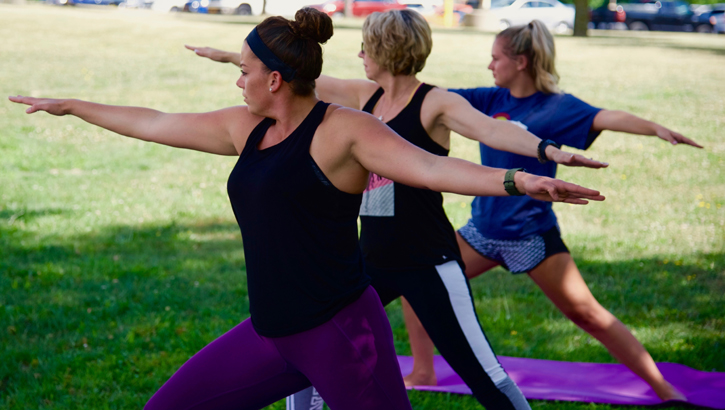
With the rise in opioid-related drug abuse and death, the Military Health System looks to complementary pain management treatments
Warrior Care Month Recognition
Policy
This memorandum from Mr. Thomas McCaffery, the Assistant Secretary of Defense for Health Affairs, officially recognizes November as Warrior Care Month, an important Department of Defense (DoD)-wide effort to increase awareness of programs and resources available to wounded, ill, and injured Service members, as well as their families, caregivers, and others who support them.
- Identification #: N/A
- Date: 10/25/2019
- Type: Memorandums
- Topics: Warrior Care
Soldier self-amputates leg to aid battle buddies
Article
10/9/2019
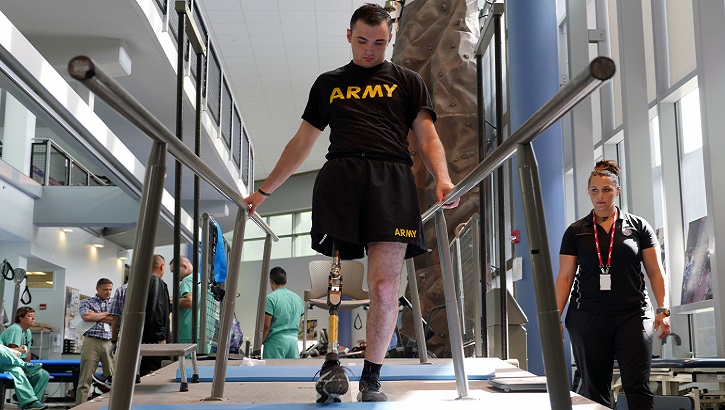
If I didn't help myself, my crew, no one was going to
Wounded Warrior Policy Review
Congressional Testimony
8/23/2019
H.R. 5515, NDAA Conference Report for FY 2019, 115-874, Sec. 717
Real Warriors campaign breaks barriers to psychological health care
Article
8/14/2019
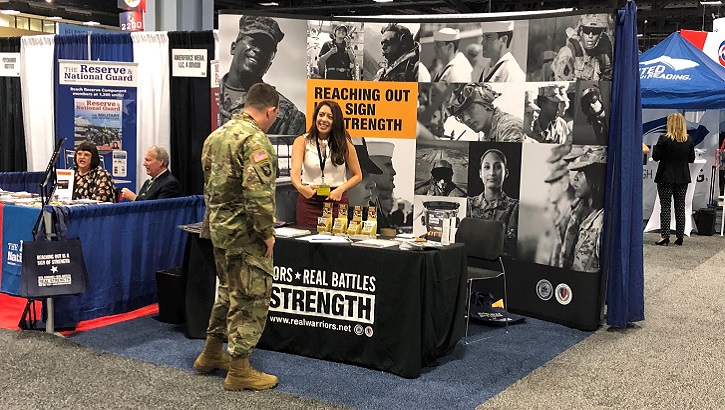
Real Warriors has connected with more than three million people in the past decade
DoD Compensation and Benefits Handbook for Wounded, Ill, and/or Injured Service Members
Article
8/6/2019

The 2019 edition includes changes to DoD disability compensation, TRICARE health plans, education benefits, and more
DoD Compensation and Benefits Handbook
Publication
7/16/2019
The purpose of this handbook is to provide Service members and their support networks with a reference guide to answer some of the most pressing questions that arise for wounded, ill, and/or injured Service members.
Dr. Cordts welcomes regional coordinators to training
Article
5/13/2019
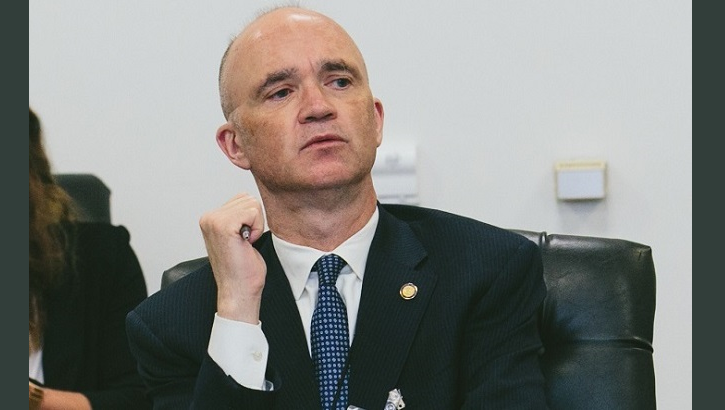
Programs and organizations that build relationships for service members and caregivers are critical
Breaking the pain cycle
Article
4/9/2019

Live in agony or risk addiction? MHS pain management initiatives offer options
Fourth annual Warrior Care in the 21st Century Symposium forges path ahead
Article
1/4/2019
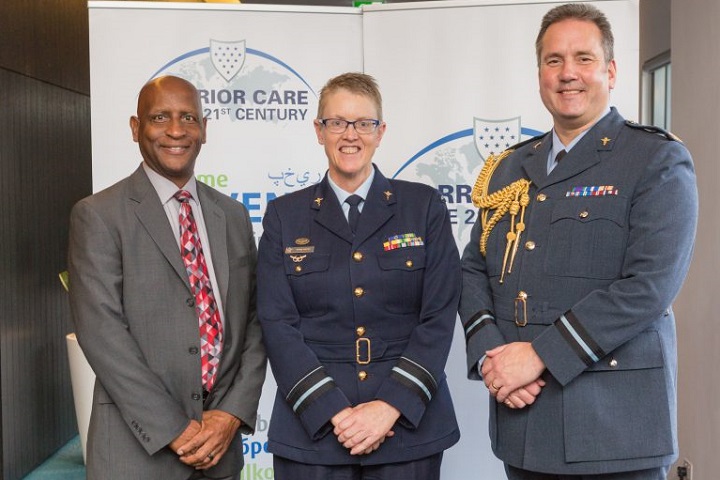
The WC21 coalition facilitates global sharing of best practices and lessons learned in medical and non-medical military health care
Resiliency as part of the healing process
Article
11/21/2018

The Air Force Wounded Warrior Program kicked off its Northeast Region Warrior CARE Event at the National Harbor
There is help for anyone caring for a service member
Article
11/19/2018
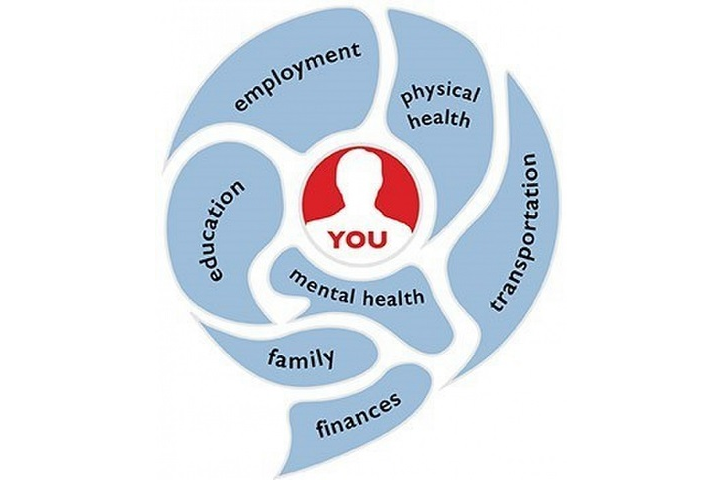
PEER Forums provide military caregivers a forum to share experiences and provide each other support






















.png)











No hay comentarios:
Publicar un comentario